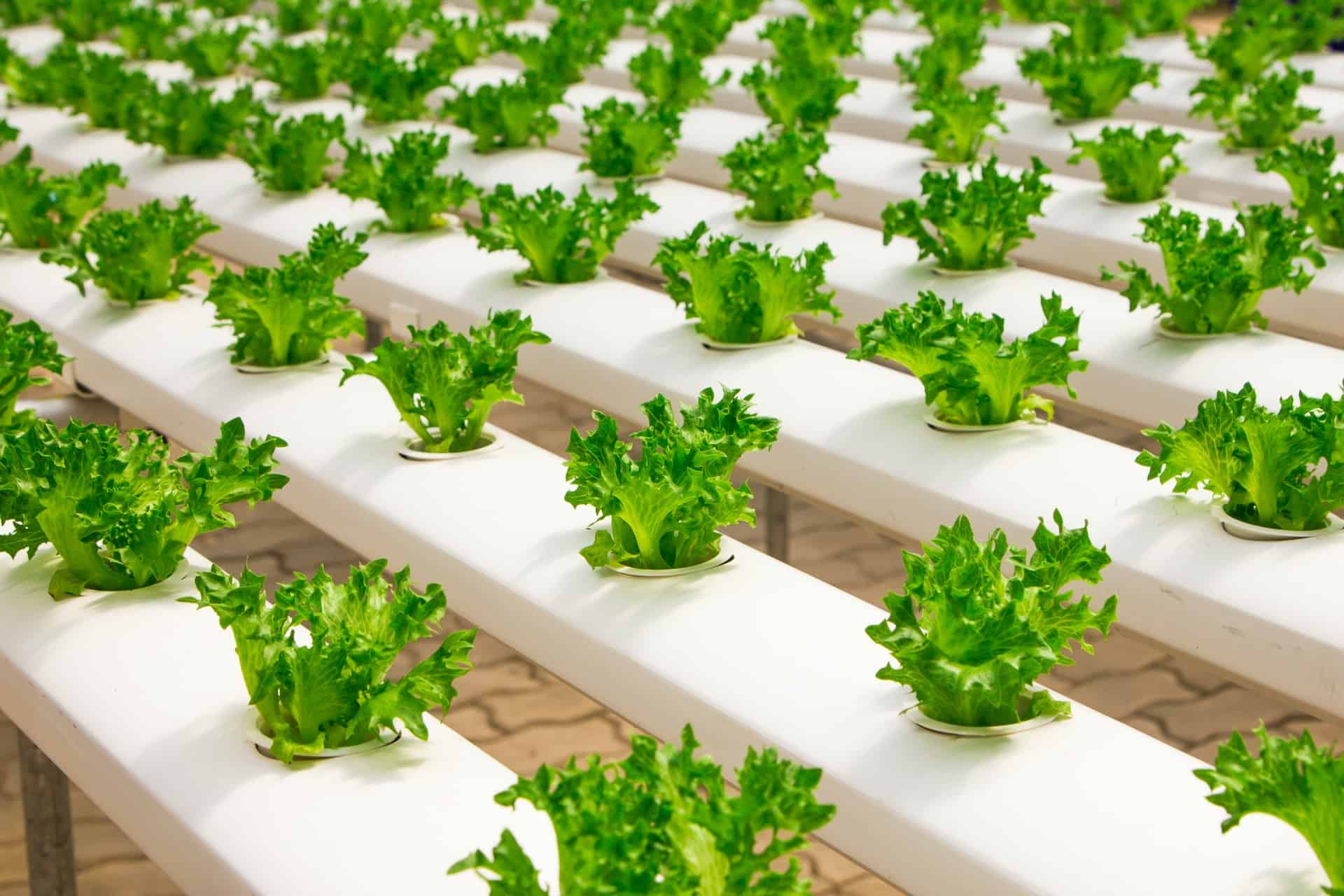Grow Veggies Indoors: No Sunlight Needed

Imagine transforming your urban apartment into a lush, green oasis, filled with the freshest produce you've ever tasted. Sounds like a dream? It's not! Even if your home lacks natural sunlight, you can still grow vegetables indoors. Let's dive into the fascinating world of indoor gardening and discover how to grow vegetables indoors without sunlight.
The Magic of Indoor Gardening
Indoor gardening is more than just a hobby; it's a revolution in urban gardening. It allows you to grow your favorite vegetables right in your living room, kitchen, or even bedroom. But how is this possible without sunlight? The answer lies in artificial light growing and innovative methods like hydroponics.
Artificial Light: The Sun's Stand-In
Artificial light growing mimics the sun's role, providing plants with the light they need for photosynthesis. LED grow lights are a popular choice among indoor gardeners. They're energy-efficient, long-lasting, and provide the full spectrum of light that plants crave.

Hydroponics: The Soil-Less Solution
Hydroponic vegetables are grown in a nutrient-rich water solution instead of soil. This method allows plants to absorb nutrients more efficiently, accelerating their growth. Plus, it's a clean and space-saving way to grow vegetables indoors.
Setting Up Your Indoor Garden
Ready to start your indoor gardening journey? Here's a step-by-step guide to help you set up your sunless garden.
Choose Your Vegetables Wisely
Not all vegetables thrive indoors. Opt for shade vegetables like lettuce, spinach, kale, microgreens, and some varieties of peas and beans. These plants require less light and are perfect for indoor gardening.
Select the Right Grow Lights
As mentioned earlier, LED grow lights are an excellent choice. When selecting grow lights, consider their color temperature and lumen output. A full-spectrum light with a color temperature around 6500K and high lumen output is ideal for growing vegetables.
Set Up Your Hydroponic System
There are several types of hydroponic systems, but the Kratky method is beginner-friendly. It's a passive system that doesn't require pumps or aerators. All you need is a container, a net pot, growing medium, and nutrient solution.

Create the Perfect Environment
Plants need more than just light and water to thrive. They also require the right temperature and humidity. Most vegetables prefer temperatures between 65-75°F (18-24°C) and a humidity level of 40-60%. Use a humidifier or dehumidifier to maintain optimal humidity levels.
Indoor Gardening Tips for Success
Now that your indoor garden is set up let's ensure its success with these tips.
Maintain a Consistent Light Schedule
Consistency is key when it comes to artificial light growing. Most vegetables need 14-16 hours of light daily. Use a timer to ensure your plants get the light they need.
Monitor Nutrient Levels
Regularly check the nutrient levels in your hydroponic system. Plants absorb nutrients at different rates, so you may need to adjust the nutrient solution periodically.
Keep an Eye Out for Pests
Indoor gardens aren't immune to pests. Regularly inspect your plants for signs of pests like aphids, spider mites, and whiteflies. If you spot any, treat them promptly with organic or chemical pesticides.
The Fruits (and Vegetables) of Your Labor
Growing vegetables indoors without sunlight is a rewarding experience. You'll enjoy fresh, homegrown produce year-round, reduce your carbon footprint, and even improve your home's air quality. Plus, indoor gardening is a fun and educational hobby for both adults and kids.
Conclusion: Embrace the Future of Urban Gardening
So, are you ready to turn your home into a green oasis? Growing vegetables indoors without sunlight is not just possible; it's the future of urban gardening. With the right equipment, a little know-how, and plenty of love, you can enjoy fresh, homegrown produce anytime. Happy growing!
FAQs
-
What vegetables can I grow indoors without sunlight? Shade vegetables like lettuce, spinach, kale, microgreens, and some varieties of peas and beans thrive indoors under artificial light.
-
How many hours of artificial light do vegetables need? Most vegetables need 14-16 hours of artificial light daily. Use a timer to maintain a consistent light schedule.
-
What is the best temperature for growing vegetables indoors? Most vegetables prefer temperatures between 65-75°F (18-24°C).
-
How often should I change the nutrient solution in my hydroponic system? It depends on the type of system and the plants you're growing. Generally, you should change the nutrient solution every 2-3 weeks.
-
Can I use regular LED lights to grow vegetables indoors? Regular LED lights aren't suitable for growing vegetables as they don't provide the full spectrum of light that plants need. Opt for LED grow lights designed for plant growth.
External Links:
0 Response to "Grow Veggies Indoors: No Sunlight Needed"
Post a Comment